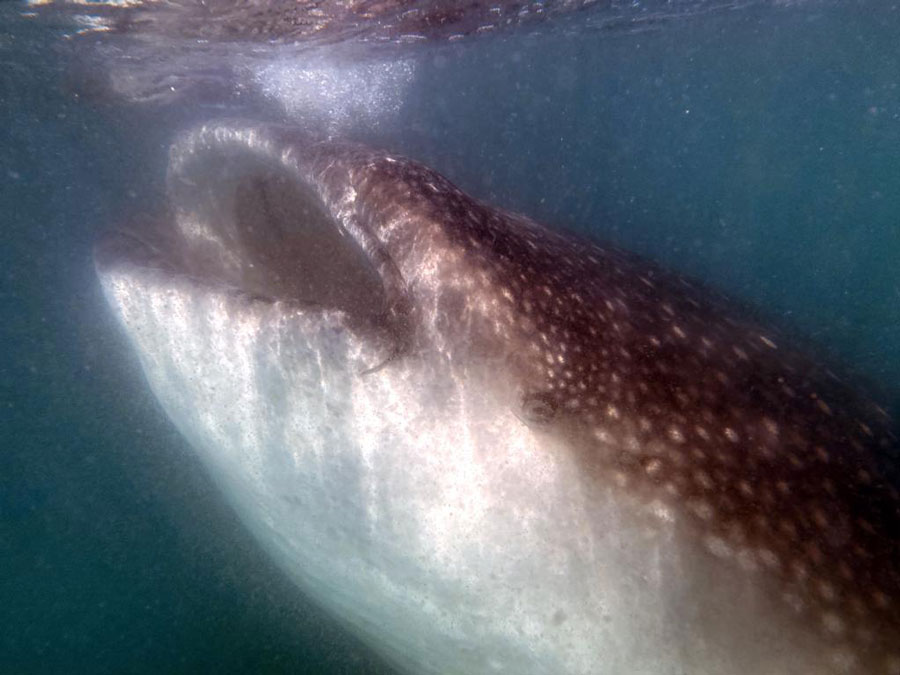Tips and tricks for cold water diving
Diving in cold water can be a thrilling and exciting experience but has its own unique challenges. One of the most significant challenges is keeping your hands warm and dry. That’s where dry gloves come in. In this blog post, we’ll explore dry gloves, their benefits, and how to dive with them in cold water.
Choosing the correct dry gloves for you
I switched to dry suit diving last year and will never look back for water temperatures under 15C. I recently added dry gloves to my set up in order to enjoy even colder dives in my travels. My dry suit gloves are the Max Dexterity zip seal gloves from Diving Unlimited International (DUI). This integrated system is designed with less failure points where water could get in.
When installing these gloves, DUI recommends using a water and soap solution to wet the zip seals. This can make installation easier and ensure that the gloves are properly sealed.
Other dry suit glove systems are designed with simple donning and doffing systems, allowing you to keep your suit on between dives. With these systems, you must add rings on the wrists of your dry suit which match the rings on your detachable dry gloves. The seal is made by at least one o-ring, and everything is locked in place by screwing down the outer ring. You can see this system in this YouTube video on solo diving.
I decided against the latter system because I like the quality of the DUI glove system, and I have to take off my suit between dives for bathroom breaks anyway.
How dry gloves work
As with your dry suit, dry gloves create a sealed environment around your hands, preventing water from seeping in. Although you can get away with wet gloves down to a certain temperature, when diving especially cold water (think 10C and below), keeping your hands protected could make the difference between a safe dive and hypothermia.

Diving with Dry Gloves
If you’re new to diving with dry gloves, learning to properly use them is a safety factor. One of the most critical things to remember is that dry gloves add another two air spaces to your dive gear. This means it may change your buoyancy, trim, or weighting needs. My recommendation? Do a test dive to check your weighting and learn how to dive with them before heading out for a dive trip.
When diving with dry gloves, it’s also important to remember that gloves act just like the socks or boots on your dry suit. This means air can get trapped inside them, making it easier to have a runaway ascent. Avoid this by lowering your hands enough to allow the necessary air to travel up to your shoulder, where the air can be released through the drysuit valve.
Proper body positioning is especially important if you are diving with a standard back mounted BCD, using it as your primary buoyancy device while underwater. When releasing air from a BCD with a normal deflator hose, your hand is usually raised and holding the deflate button, which would trap air in your drysuit. One way to avoid trapping air in your suit is to use the shoulder dump valve on your BCD.
Pro-tip: You will feel air move around your suit when you raise and lower your hands. As such, if you find that your hands are getting a little cold, you can lower your hands and then raise them a little, thereby allowing warmer air from your body to surround your hands.
Dry suit buoyancy with dry gloves
There are two camps of drysuit divers when it comes to buoyancy. Some divers recommend inflating the drysuit just enough to relieve the drysuit squeeze as you descend, but using your BCD for any further buoyancy adjustments. Other divers recommend properly weighting yourself and only using the drysuit for buoyancy underwater. These divers will only use their BCD at the surface to be able to float.
I’ve tried both options, and my preferred method is to use my BCD as my primary buoyancy control device, and the dry suit only gets filled enough to relieve the squeeze.
No matter which camp you belong to, remember to be patient with yourself as you learn to dive with a dry suit. Your buoyancy will be all over the place for a while, and there’s no need to get frustrated.
Conclusion
Diving with dry gloves can be a game-changer for cold water diving. They can help keep your hands comfortable and usable, even in the coldest water. However, they do add a new element of complication to your setup, so you need to know how to properly use them. Safety is the key here. With these tips and tricks, you’ll be able to explore your favorite dive sites no matter the temperature above or below the surface.
Join me on upcoming Azul Unlimited dive expeditions
See what trips are coming up. I always give my community first dibs on spots, so you can sign up for Patreon (and get trip discounts) or my email list to be the first to know about new expeditions in the future.










